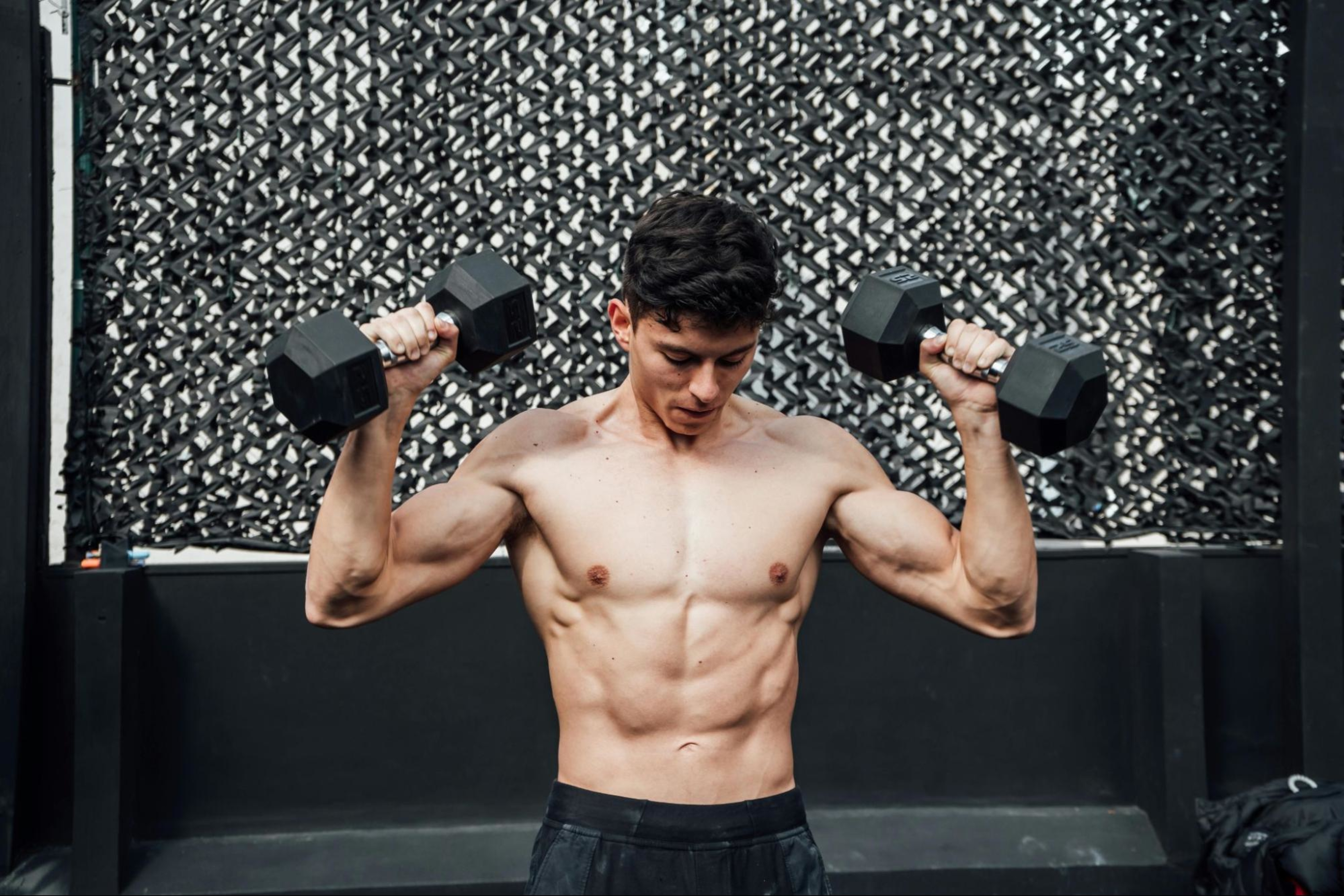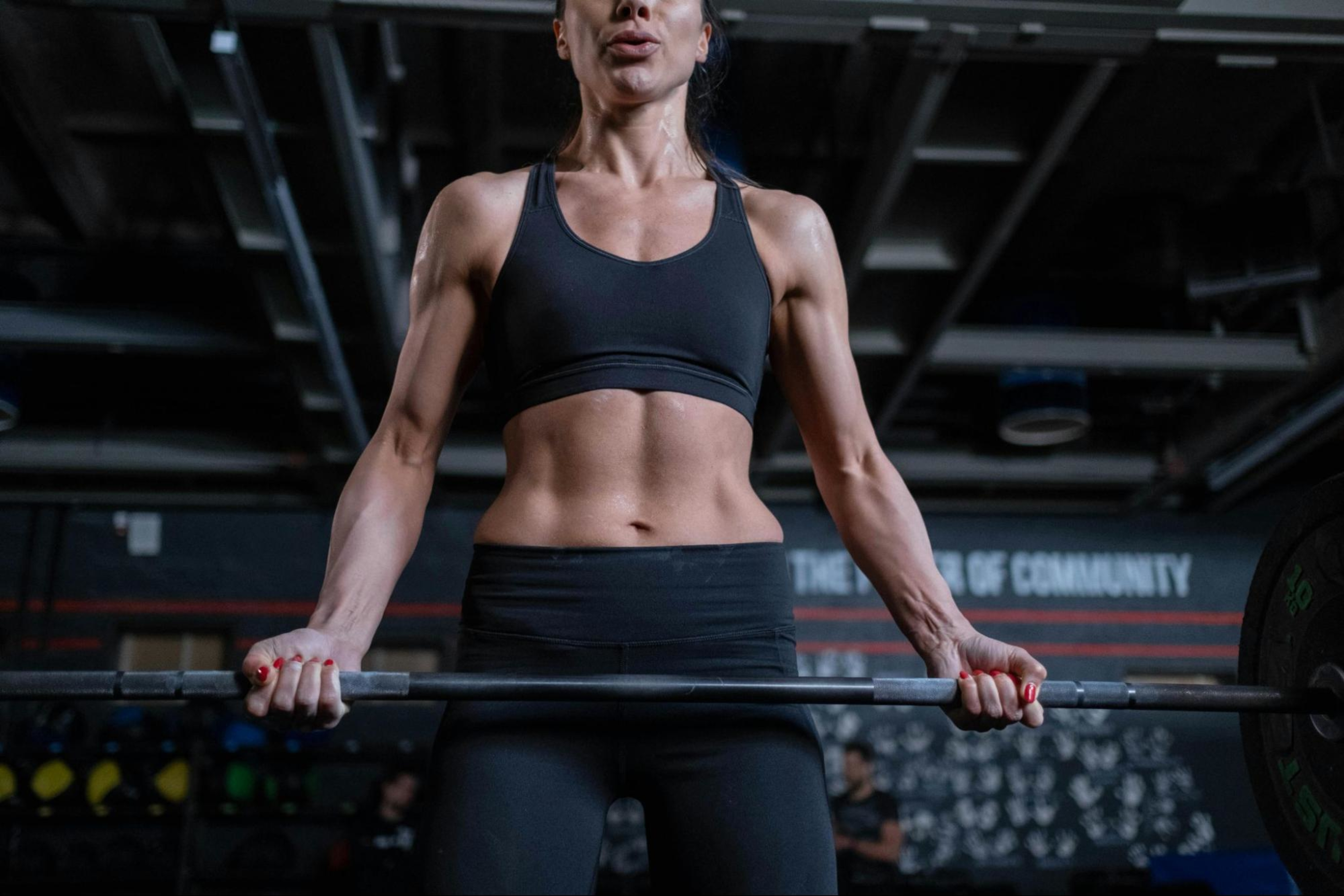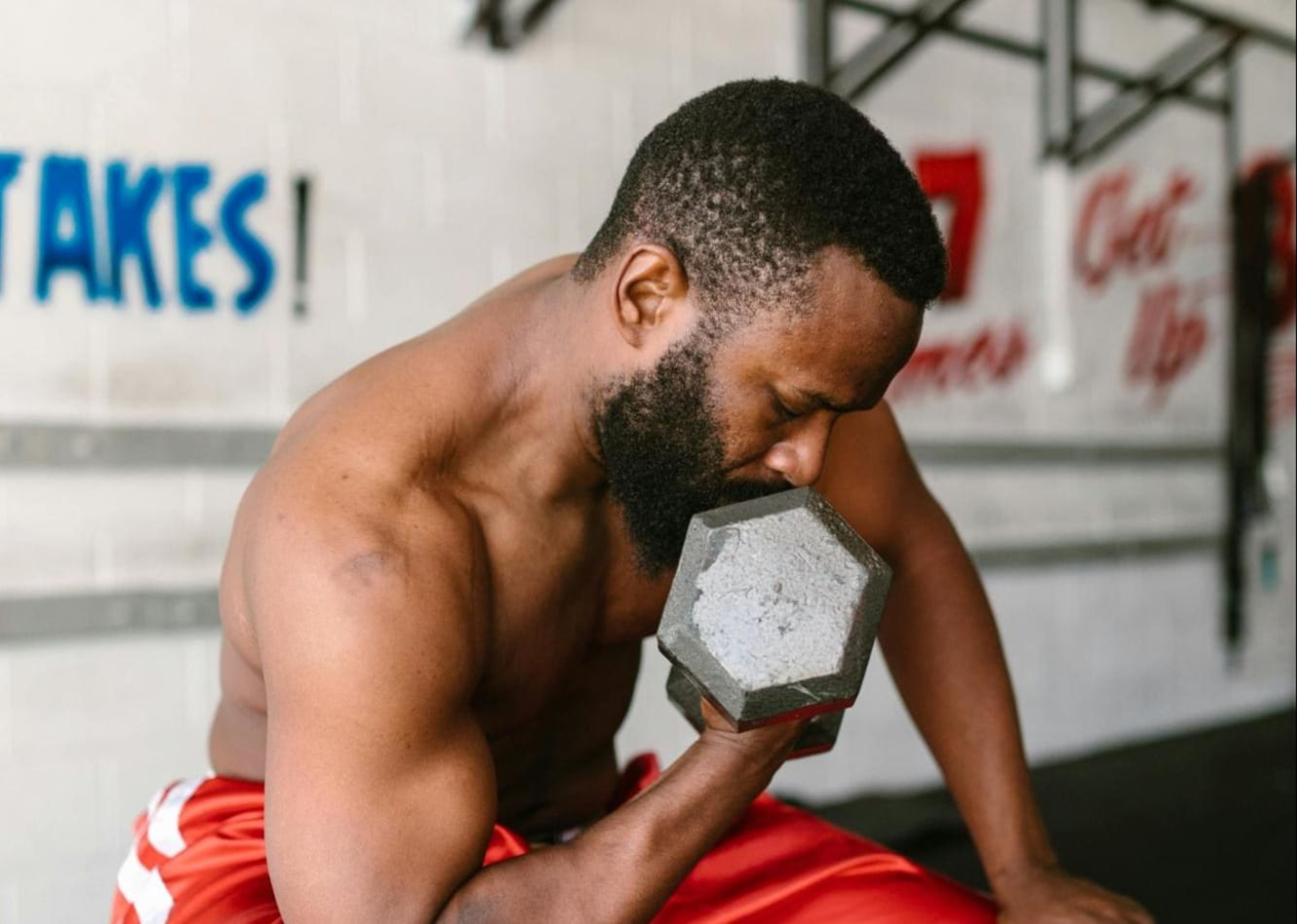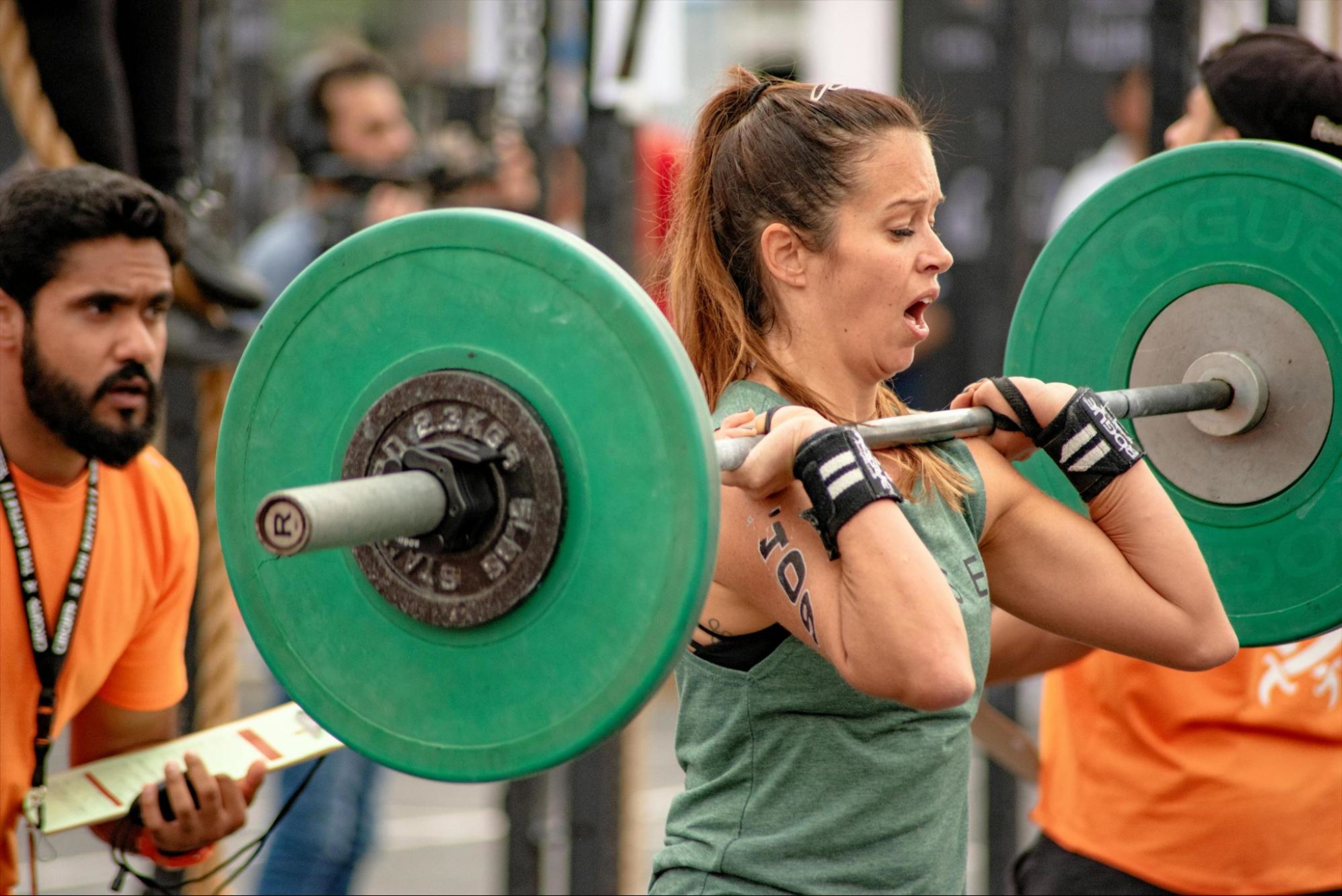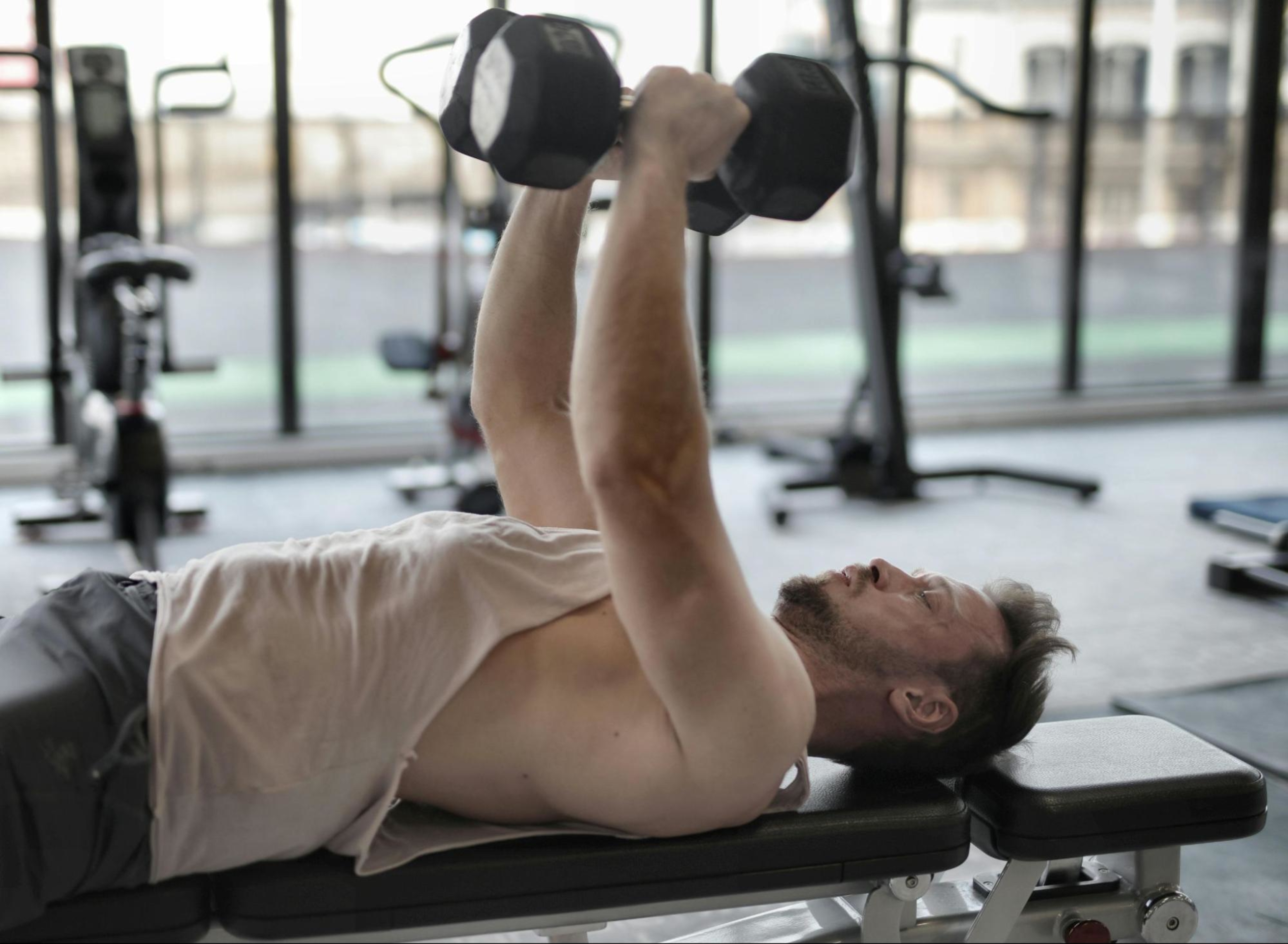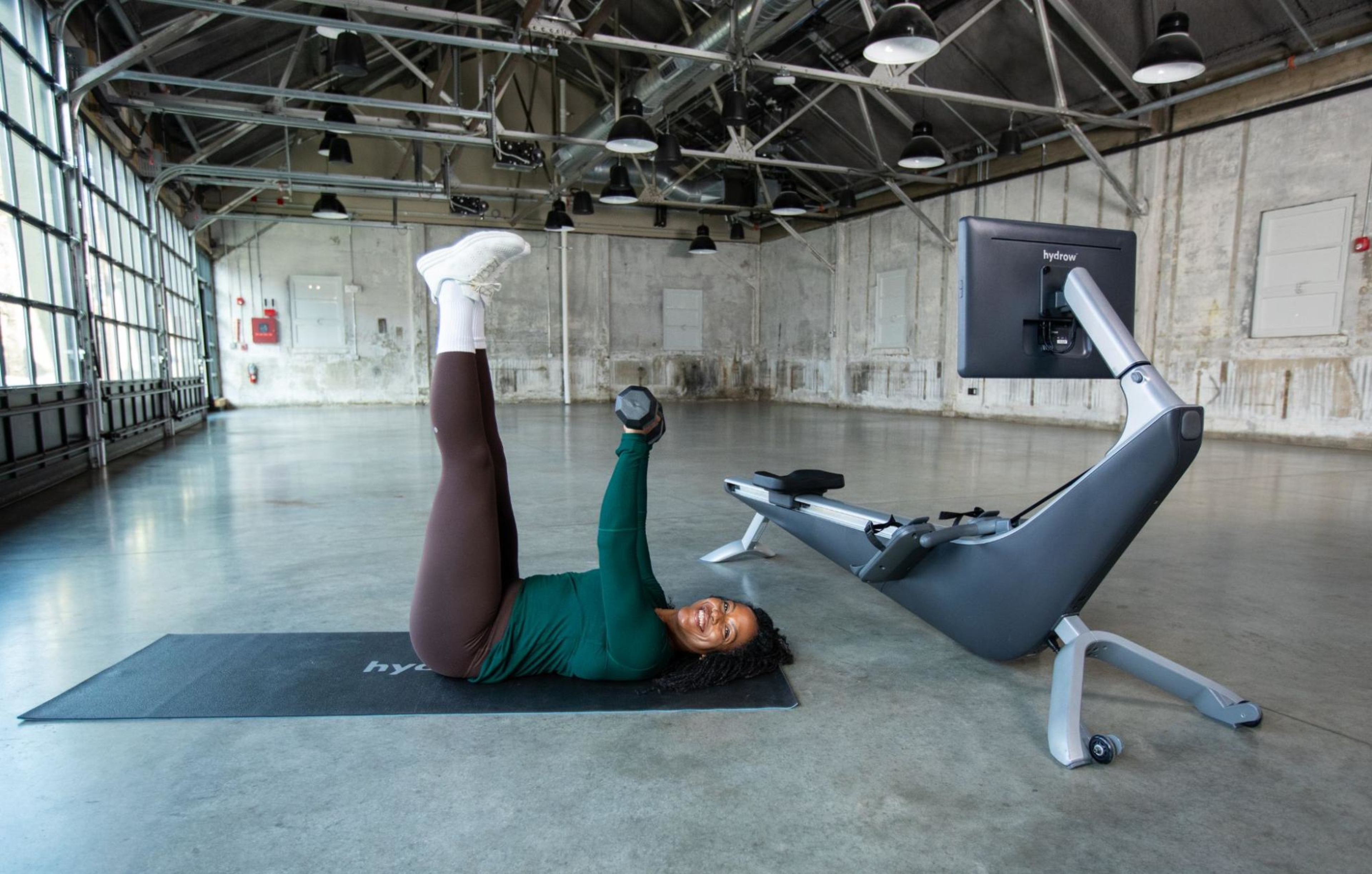How to Breathe When Lifting Weights: Techniques for Safety and Performance
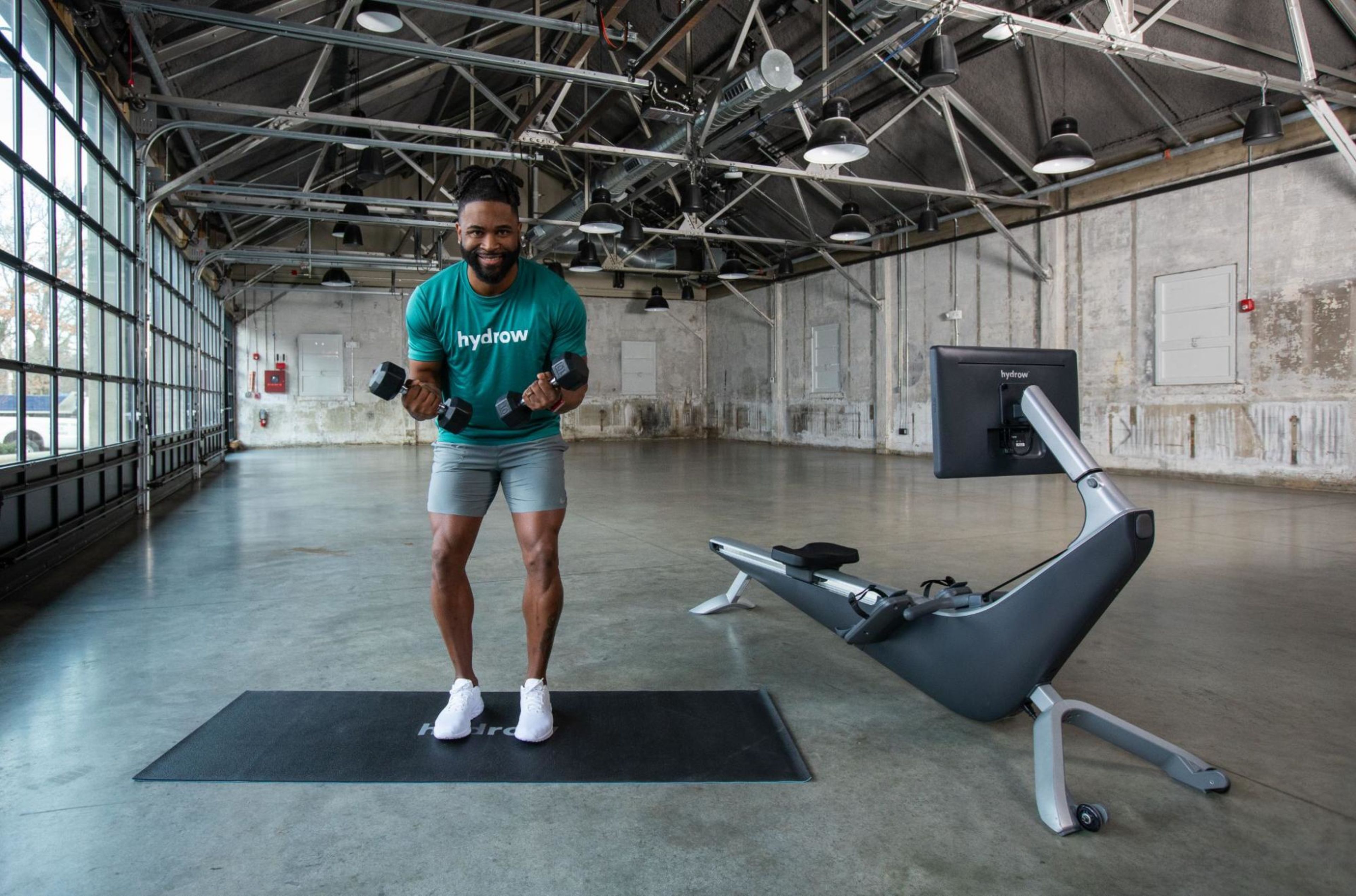
Breathing is one of the most essential, yet most overlooked, elements of effective weight training. While most lifters focus on their form, reps, and sets, many tend to neglect the role that proper breathing plays in performance, safety, and overall results.
Understanding how to breathe when lifting weights can be the difference between hitting a personal record or stalling—and even between staying injury-free or risking strain. This blog will break down the science of breathing during exercise, offer practical guidelines, and teach you how to use breath as a powerful tool to stabilize your core, lift heavier, and train longer.
In this post, we’ll cover:
Let’s dive in.
The physiology behind breathing while lifting weights
To understand how to breathe when weight training, it helps to know what’s happening in your body. When you lift weights, your muscles require more oxygen. Your respiratory rate increases to supply this oxygen, and your heart pumps faster to deliver it throughout your body.
Breathing also helps your body stay strong and stable during lifts. When you take a deep breath and tighten your core, your diaphragm and core muscles work together to create pressure in your belly. This pressure supports your spine and helps protect it when you lift heavy weights.
Proper breathing not only improves oxygen delivery but also enhances trunk stability, which is essential during compound movements like squats and deadlifts.

Explore Hydrow's library of strength training workouts.
How to breathe when weight training: General guidelines
Here are basic guidelines for breathing while lifting weights:
Exhale during exertion: Breathe out on the most difficult part of the lift (the concentric phase). For example, exhale when pushing up during a bench press or standing up from a squat.
Inhale during lowering: Breathe in during the easier, lowering phase of the lift (the eccentric phase). This is when you’re returning to your starting position.
Never hold your breath continuously: Breath-holding (especially without technique) can lead to dizziness or spikes in blood pressure. It’s only appropriate when done intentionally using the Valsalva maneuver, which we’ll discuss more below.
Keep a rhythmic pattern: Consistency in your breath helps control pacing, maintain energy, and stay focused throughout your set.
How to breathe when lifting weights: Advanced techniques
Once you've mastered the basics, advanced techniques can enhance strength and safety—particularly during heavy lifts.
The Valsalva Maneuver
This technique involves taking a deep belly breath, bracing your core, and holding the breath during your lift. It’s especially useful for heavy squats, deadlifts, and overhead presses. Here’s how:
Inhale deeply into your belly (not your chest).
Brace your core, as if you’re about to be punched in the stomach.
Hold your breath briefly as you lift.
Exhale forcefully after you’ve completed the most strenuous part of the lift.
Note: The Valsalva maneuver increases intra-abdominal pressure and spinal stability, but it can also spike blood pressure. It’s best reserved for experienced lifters or those under supervision.

Explore Hydrow’s library of 5,000+ rowing, circuit training, yoga, Pilates, and mobility workouts.
Diaphragmatic (belly) breathing
Shifting from shallow chest breathing to diaphragmatic breathing can significantly improve oxygen efficiency and core activation. Practice it outside the gym to build the habit. Here’s how:
Lie on your back.
Place one hand on your chest and one on your belly.
Inhale through your nose, expanding your belly.
Exhale slowly through your mouth.
This method enhances body awareness and breathing control under load.
Breathing techniques for different types of strength exercises
Let’s apply the general and advanced techniques to some common strength movements:
How to breathe during squats
Inhale at the top before descending.
Hold your breath (or Valsalva for heavy sets) during the descent and initial drive upward.
Exhale as you push through the hardest part—coming out of the bottom.
How to breathe during deadlifts
Inhale and brace before lifting the bar off the ground.
Hold during the lift if performing a max-effort rep.
Exhale at lockout or as you lower the bar.
How to breathe during overhead presses
Inhale at the bottom, brace your core.
Exhale as you press the weight overhead.
For heavy lifts, a brief breath hold using the Valsalva technique can aid stability.
How to breathe during bench presses
Inhale as you lower the bar to your chest.
Exhale as you press the bar back up.
Avoid flaring the elbows or breathing too shallowly—controlled breath is key.
How to breathe during lunges
Inhale before you step.
Exhale as you push back to standing.
Maintain steady breathing to avoid loss of balance.
How to breathe during pull-ups/rows
Inhale as you hang or lower the weight.
Exhale as you pull yourself up or contract the back muscles.
Common breathing mistakes while lifting weights
Even experienced lifters can fall into poor breathing habits. Here are common mistakes and how to fix them:
Holding your breath for too long, which leads to dizziness or elevated blood pressure. Use intentional breath holds only.
Shallow, chest-level breathing limits oxygen intake and core stability. Focus on diaphragmatic breathing instead.
Breathing out of sync with movement can destabilize your lift or waste energy. Practice syncing breath with movement phases.
Gasping or hyperventilating, which is often a result of rushing or fatigue. Slow down and control your breathing rhythm.
Ignoring breathing during isolation exercises. Even bicep curls or triceps extensions benefit from controlled breathing.

Explore Hydrow’s library of Circuit Training workouts from around the world.
Tips for incorporating breathing techniques into your weight training routine
Building breath awareness takes time. Try these tips to make it part of your lifting practice:
Warm up with breathing drills: Practice belly breathing before your session to prime your diaphragm.
Use cues: Mentally pair breath with movement (e.g., "breathe in, go down; breathe out, push up").
Record your lifts: Watch videos to check if you're holding your breath or losing form.
Pair with tempo training: Slower reps make it easier to coordinate breathing.
Start light: Master breathing with moderate weights before progressing to heavier loads.
Breathe better, lift better!
Breathing may seem automatic, but in the context of lifting weights, it’s a skill worth mastering. Knowing how to breathe when doing weights is crucial not only for performance but also for injury prevention and longevity in your training journey.
Whether you're a beginner learning how to breathe when weight training or an experienced athlete refining your breathing while lifting weights, these techniques will help you lift smarter and safer.
Remember: During weight training, you want to inhale when you’re lowering the weight and exhale during the effort phase.Master this rhythm, and your lifts will feel stronger, more controlled, and more effective.
If you’re looking to put these breathing techniques into action, explore Hydrow’s strength workout library where proper form and breathing cues are built into every session. Start training with confidence—one breath at a time.
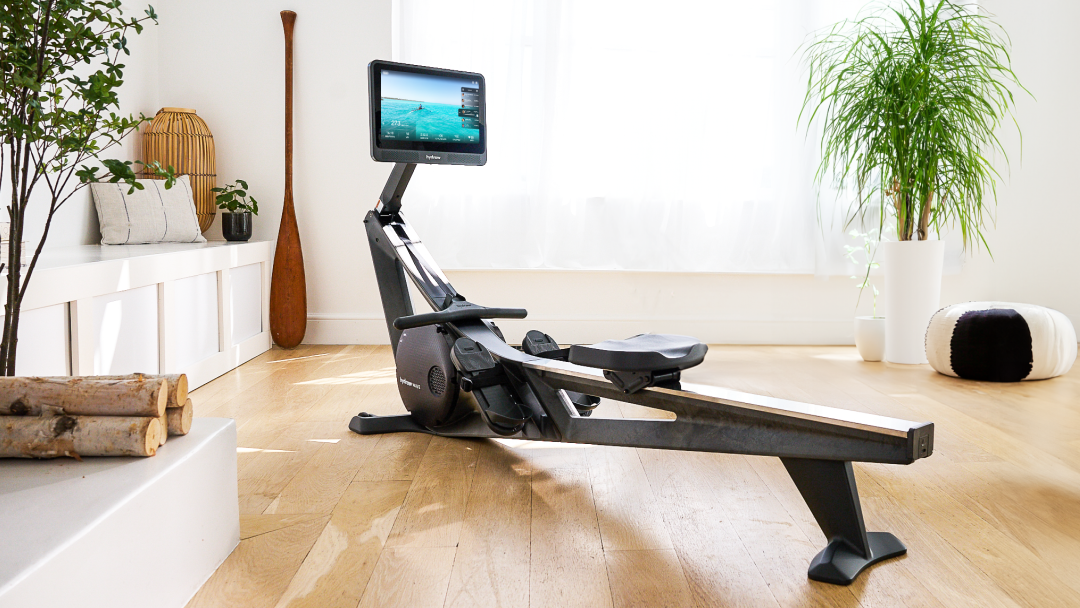
Real strength keeps moving
Learn how working out with Hydrow can help support a fuller, more active life.

